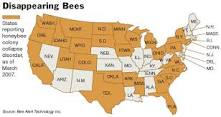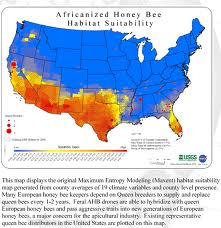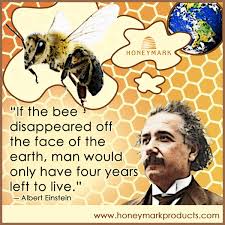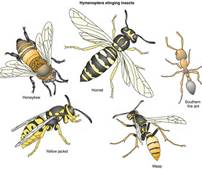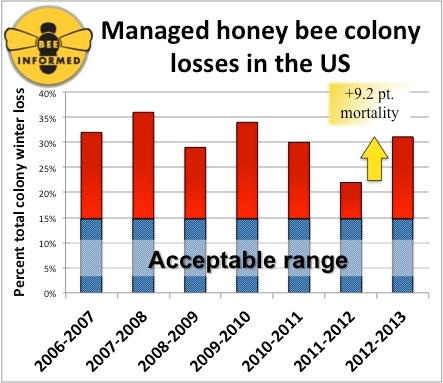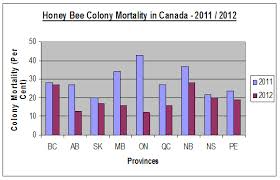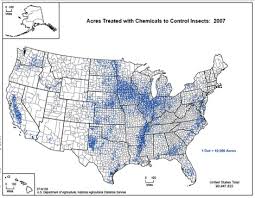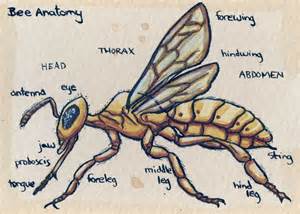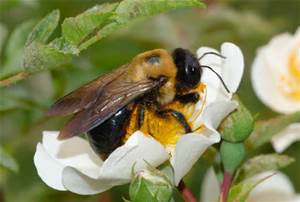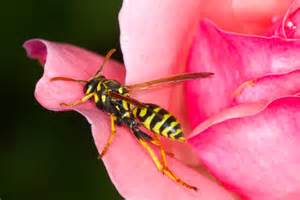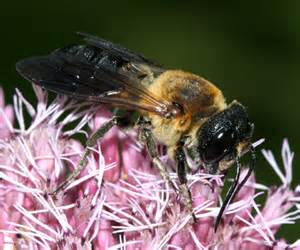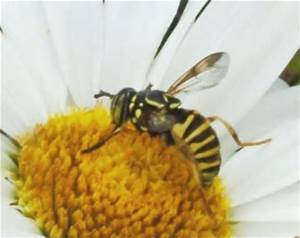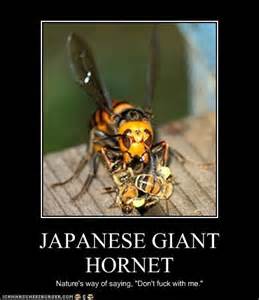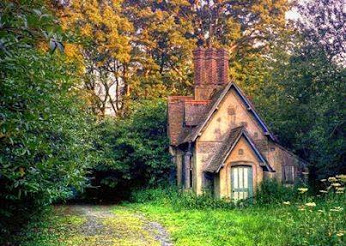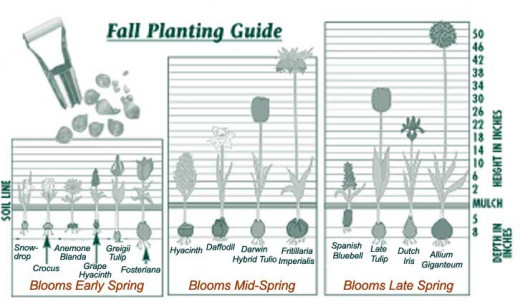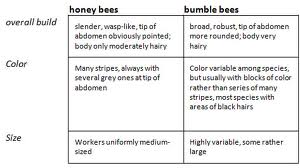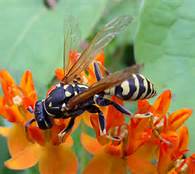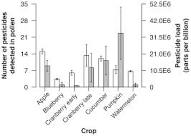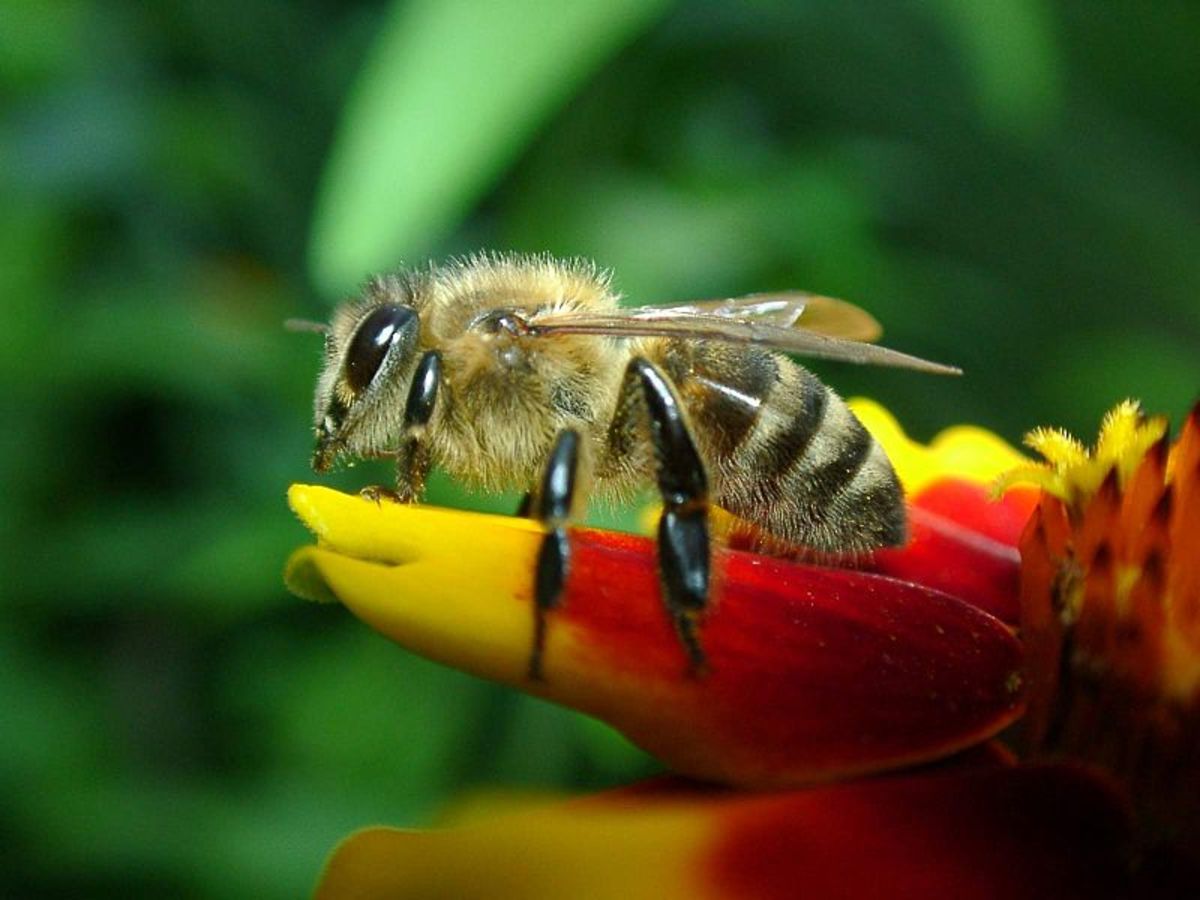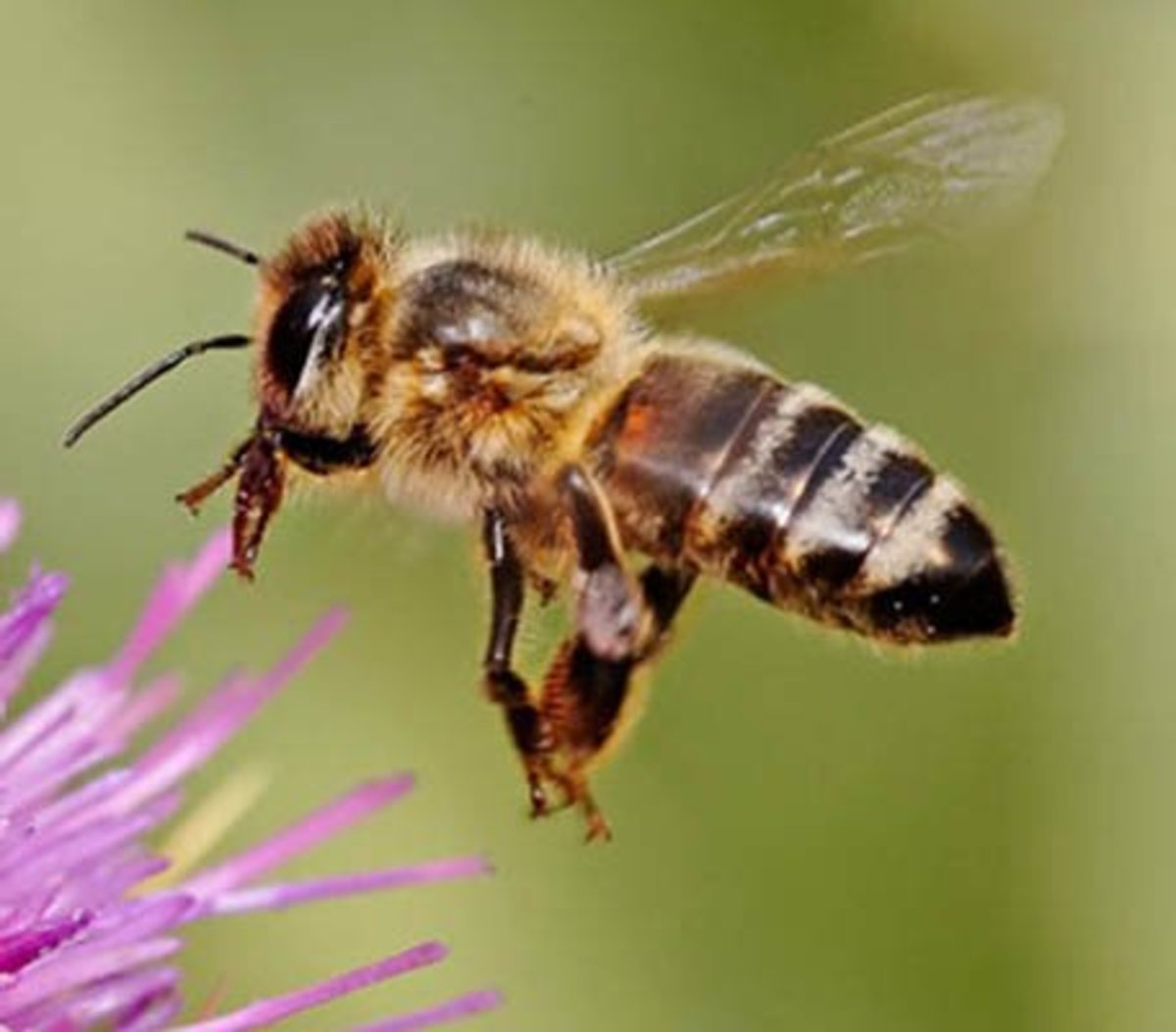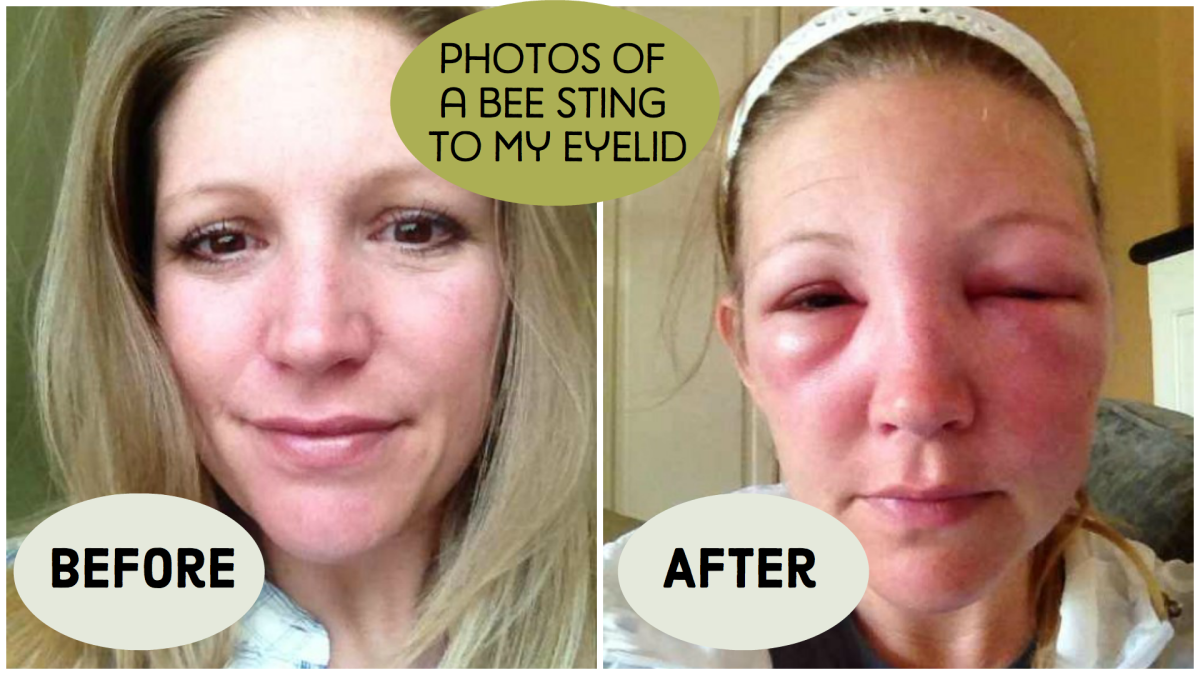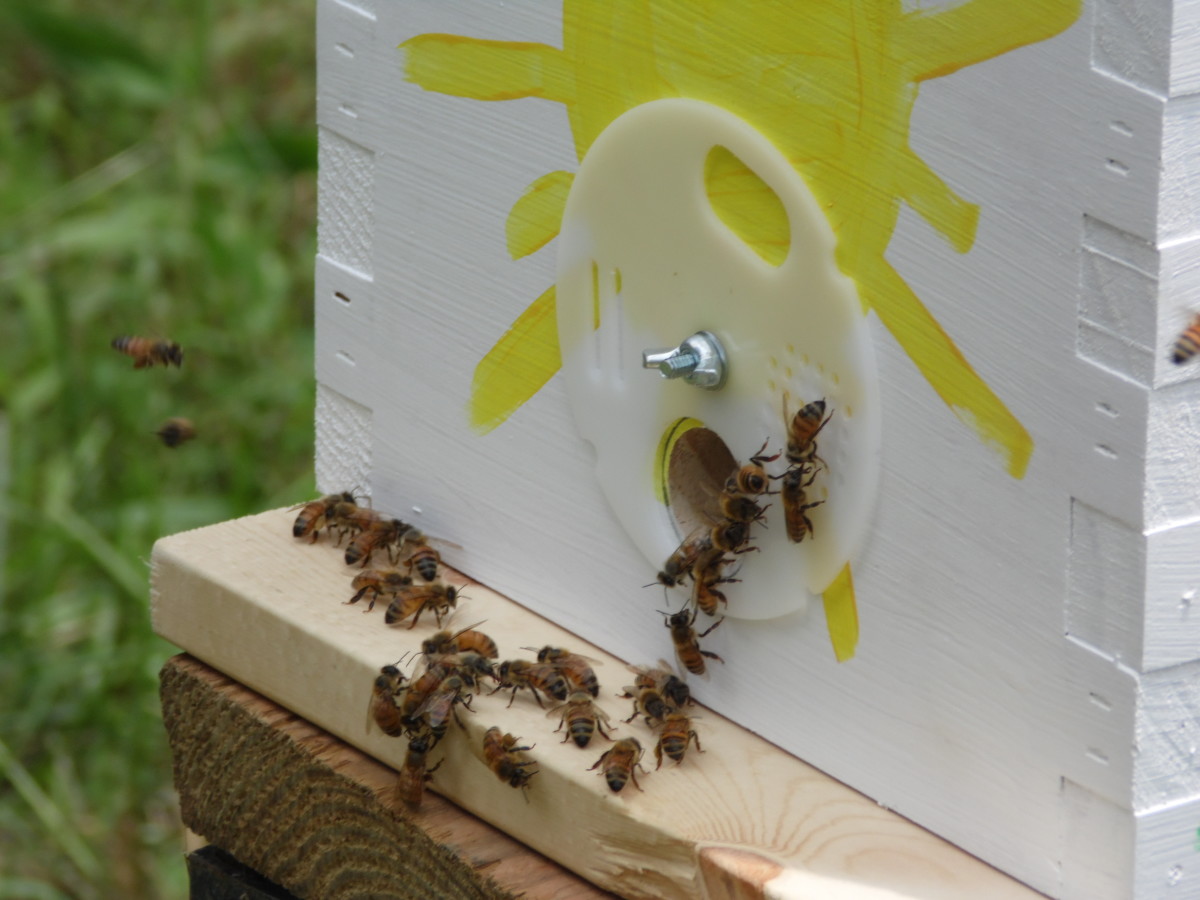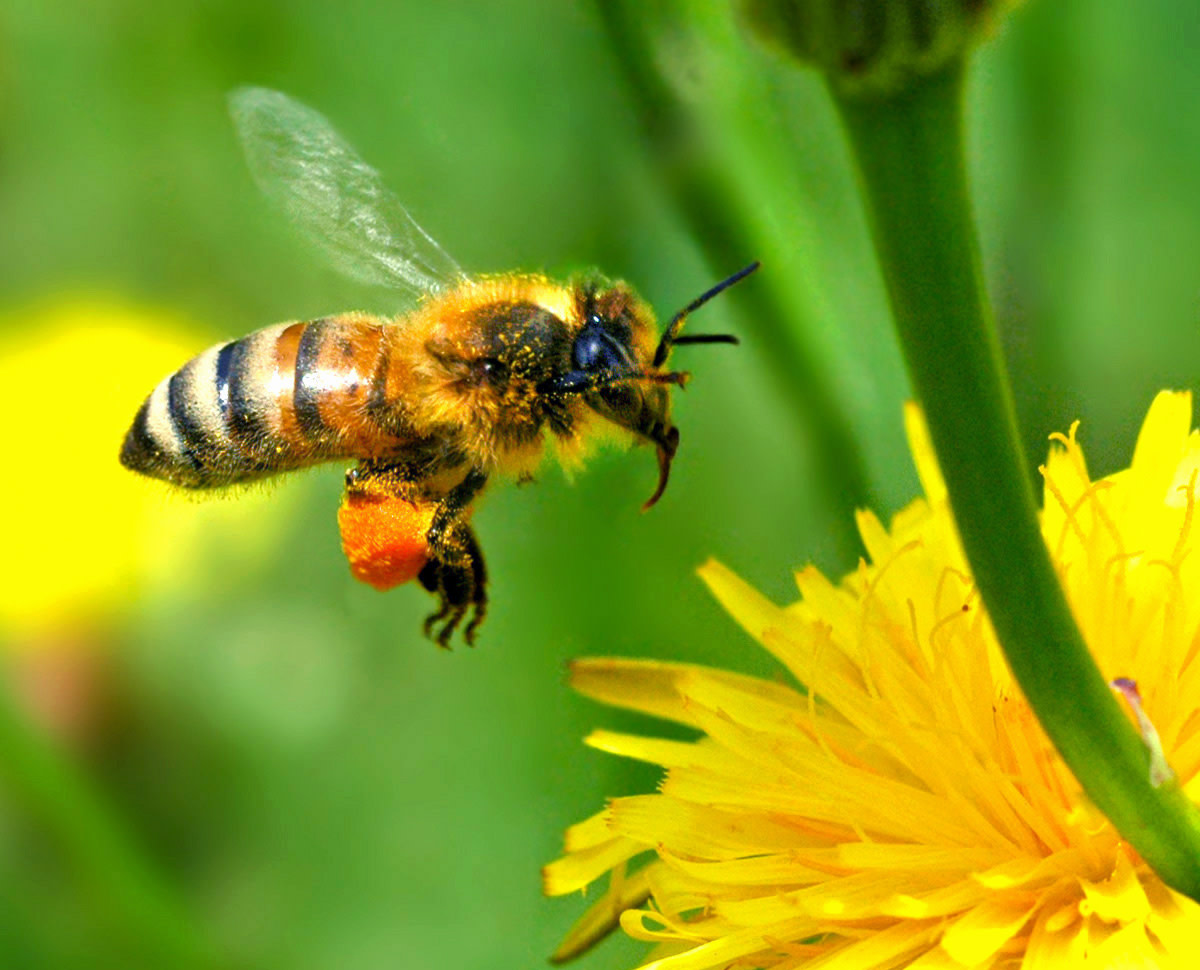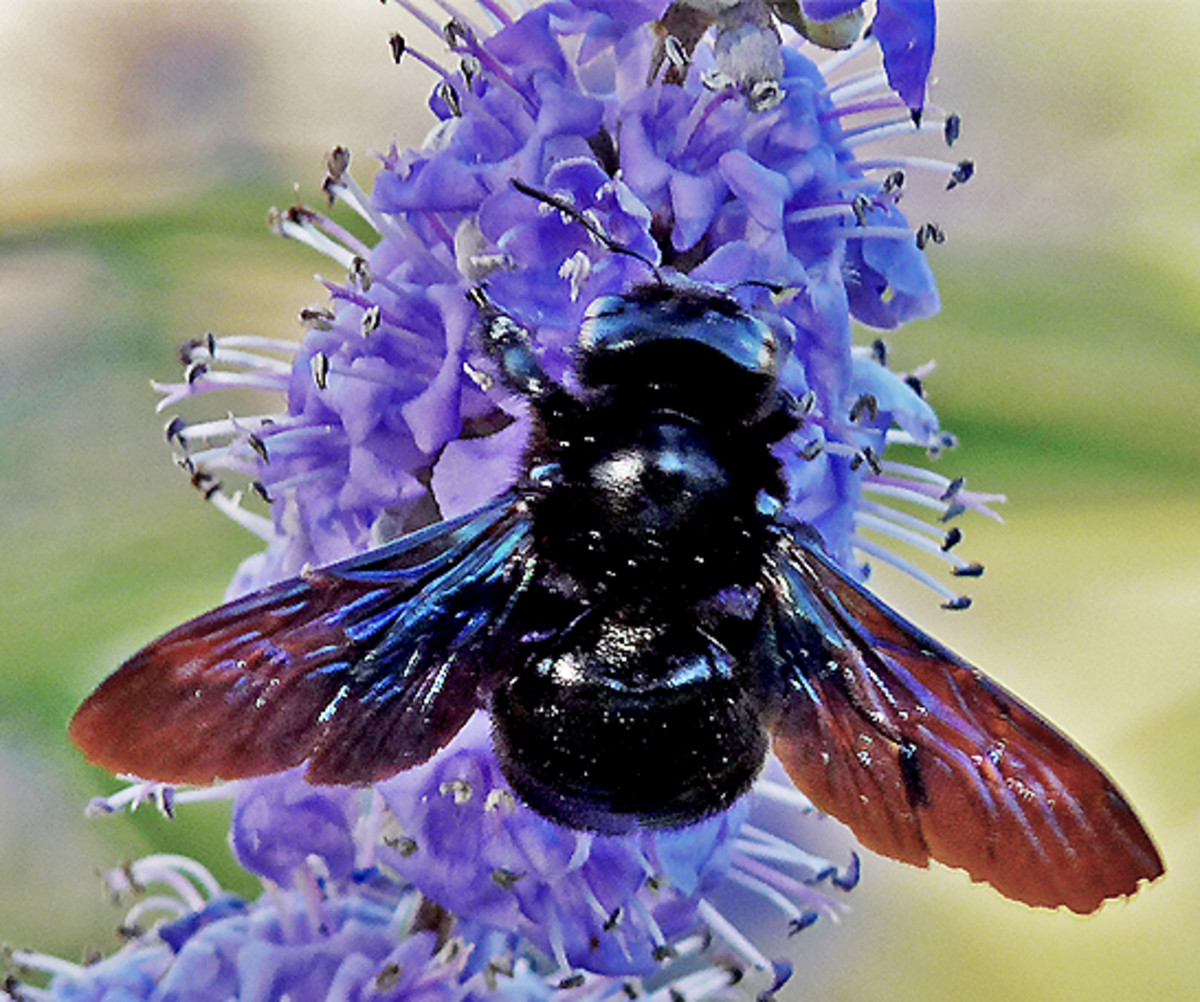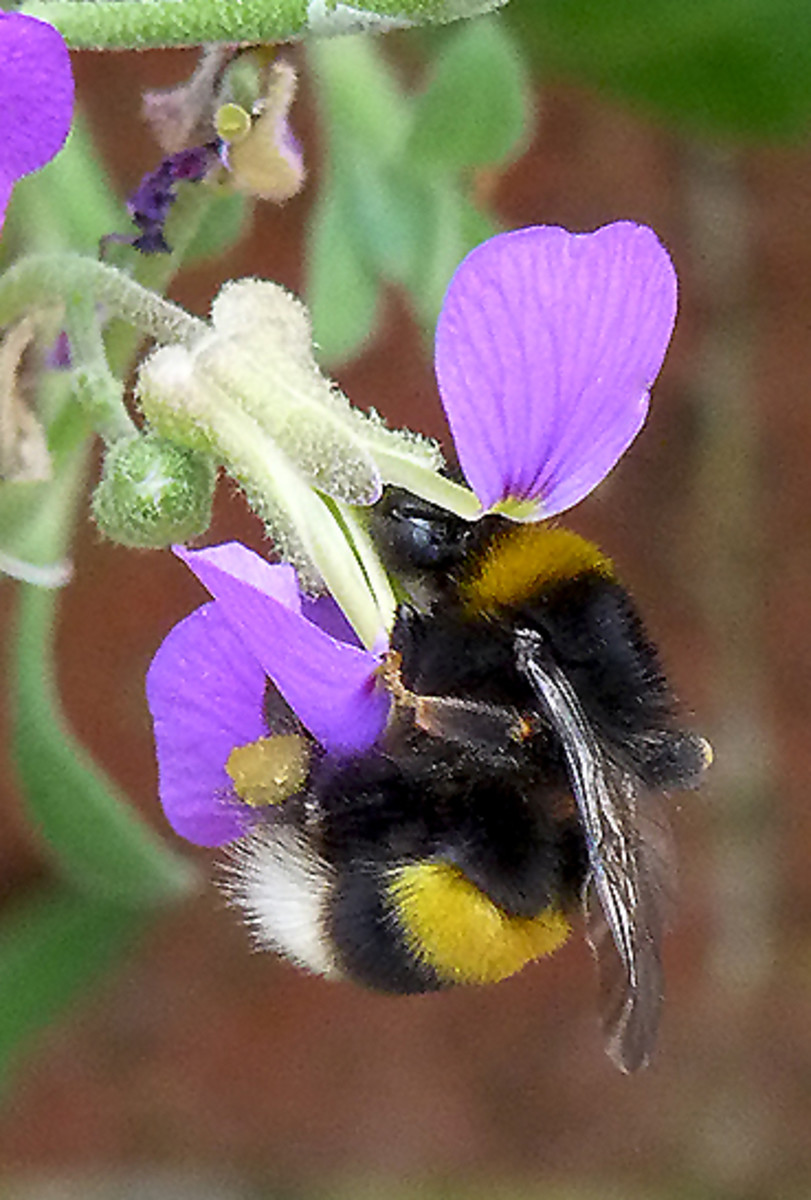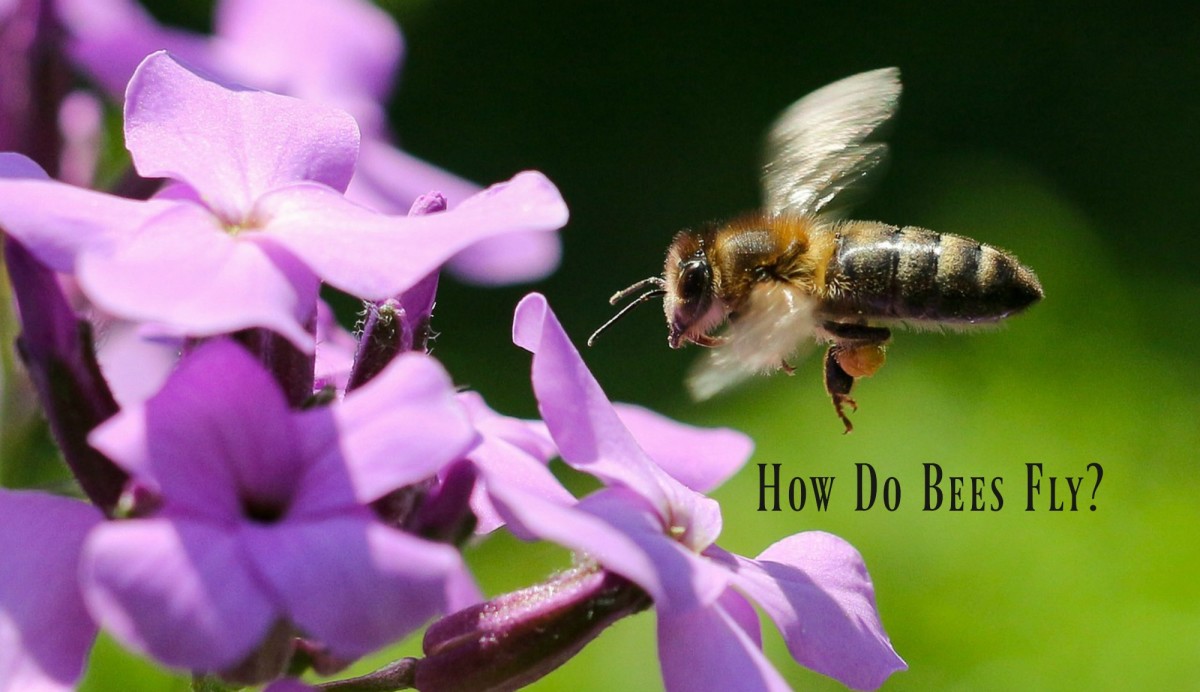Facts On The Bee Decline: Ways To Help Restore The Bees

A few topics To Discuss About Bees
One issue that many seem to have is "why should I care about bees", but many don't think about how we benefit from the bee as the bee also benefits from us. This is a subject that few even think about unless they get stung or are allergic. Together we can help save the bees from declining rates and help to populate them again. We as humans gain quite a bit from the bee such as our flavor, diet diversity, and most of all our nutrition. Think of this for every one out of three bites of food we have, the bees are to thank since they are a major part of the process, pollinating more than a hundred crops. Pollen is carried by wind but about ninety percent need help from bees and then the rain will reduce the spread of pollen. Topics are as followed.
- The decline of bees.
- What we can do to help.
- What flowers attract bees, to help their numbers rise.


Bees and Graph Showing Winter Loss 2013
Click thumbnail to view full-size

Preliminary Analysis
They will release more details at a later date:
- Bee Informed Partnership who collaborate with:
- Apiary Inspectors of America (AIA)
- United States Department of Agriculture (USDA)
Seventh Annual National Survey (2012 - 2014 Winter Season) Preliminary Results: (Survey of honey bees)
- Total of 6,287 United States Bee Keepers provided Validated responses'
- Managed 599,610 colonies in October of 2013, represented twenty-two percent 1 of country's estimated 2.62 million colonies.
- Preliminary Survey results -- thirty-one percent of managed honey bee colonies were lost in the United States, this was from 2012 to 2013 winter.
- This shows an increase in losses of forty-two percent.
- 2011 to 2012 estimated winter lose at 21.9% Par of six year average of total loss of 30.5% 2.
- Average United States Bee Keepers lost 45.1% of colonies for 2012 - 2013 winter.
- 78.2% increase in the average operational loss (compare 2011 - 2012 winter loss of 25.3%).
The bee keepers (Humans 1) were aiming for the honey and certain factors were considered when they selected honey bees.
- Physical Characteristic
- Temperament
- Productivity
- Disease resistance
The Itallian Honey Bee (Commercial Bee Keeping United States), are not well suited for resistant to disease, however; they do well in other areas.
Update Of Bee Decline 2015 - 2016
Corresponding Author: dvane@umd.edu
The Bee Informed Partnership (http://beeinformed.org), in collaboration with the Apiary Inspectors of America (AIA) and the United States Department of Agriculture (USDA), conducted the tenth annual national survey of honey bee colony losses, funded by the USDA NIFA states:
"For the 2015-2016 winter season, a preliminary 5,756 beekeepers in the United States provided validated survey responses. Collectively, these beekeepers managed 389,083 colonies in October 2015, representing about 15% of the country’s estimated 2.66 million managed honey producing colonies1. An estimated 28.1% of the colonies managed in the United States were lost over the 2015-2016 winter. This represents an increase in losses of 5.8percentage points compared to the previous 2014-2015 winter but is close to the 10-year average total winter loss of 28.6%.
Just over half of the survey respondents (59%) experienced winter colony loss rates greater than the average self-reported acceptable winter mortality rate of 16.9%.
Beekeepers not only lose colonies in the winter but also throughout the summer. In 2015, summer losses, at 28.1%, were the same as winter losses. When all results were combined, beekeepers lost 44.1% of their colonies between April 2015 and March 2016. This high rate of loss is close to the highest annual loss rate over the 6 years we have collected annual colony loss numbers."
Data isn't available for 2017.
Total US Managed Honey Bee Colonies Loss Estimates
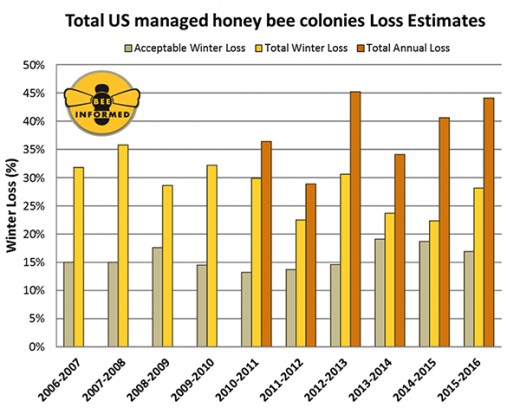
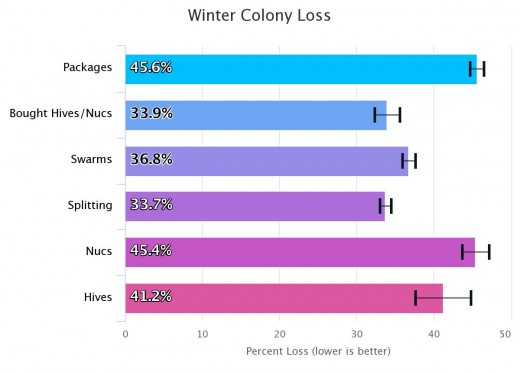
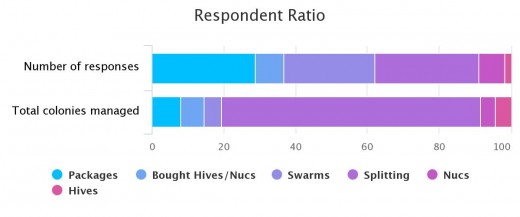

Canada Decline In Bees Statics
What is causing the decline in the bee population? Is it something we are doing that causing harm to the bees? What are our options to help save the bees? Is it possible that if more people would just plant a flower, bush, or a tree, could that make a difference? Right now there is a petition that one group is asking people to sign in order to get congress to pass a bill to help save the bee. The bill is called:
- Saving America's Pollinators Act
Canada is also concerned about the bee population decline in bees and are also working on a plan to save the bees. 2013, the bees went down a whopping fifty-eight percent in Canada. The Canadian Association of Professional Apiculturists (CAPA) were the ones who compiled the report, which said that starvation during long winters , poisoning from pesticides, weak queens and virus were why colonies failed. The report also showed that honey bees were at a twenty-six percent decline the second highest in New Brunswick and in Alberta there was a loss of eighteen percent of the largest colonies. 2012 -2013 was twenty-eight percent loss. 2011 -2012 was a fifteen percent loss. 2010 - 2011 there was a loss of twenty-nine percent.
Canadian Association of Professional Apiculturists Statement on Honey Bee Wintering Losses in Canada (2016)
Source, is from: Prepared by CAPA National Survey Committee and Provincial Apiculturists: Anne Leboeuf (chair), Medhat Nasr (President), Julie Ferland, Geoff Wilson, Chris Jordan, Melanie Kempers, Paul Kozak, Rheal Lafreniere, Chris Maund, Steve Pernal, Jason Sproule, and Paul van Westendorp and this is their finding:
"The Provincial Apiculturists collected survey data from beekeepers across Canada. The responded beekeepers operated 441 640 honey colonies. This represents 61.15 % of all colonies operated and wintered in Canada in 2015. The national percentage of colony winter loss was 16.8% with individual provincial percentage ranging from 7.7% to 24.4%. The overall national colony loss reported in 2016 is one of the lowest losses since 2006/07. Despite reported wintering losses in recent years across Canada, beekeepers have been able to replace their dead colonies and increase the number of colonies from 2007 to 2015 by 22.4%
Percentage Winter Loss = ( Sum of the estimated total colony losses per province in spring 2016 Sum of total colonies in operation in each province for 2015 ) x100
Starvation can be caused by the lack of enough stored food caused by weak colonies in the fall not able to store enough feed, inability of honey bees to move to new resources within the hive during winter, consumption of stored food due to early brood production, or not enough fed by beekeepers in the fall or spring. Starvation was reported by beekeepers as the second or third possible cause of winterkill in several regions across Canada. Many beekeepers in Eastern and central Canada reported that weak colonies and increased consumption of food due to cold winter could be implicated in starvation. However in Western Canada, starvation was most likely caused by early brood production during the spring of 2016 that led to high consumption of stored food, before beekeepers could provide supplementary feed. Another contributing factor also identified across Canada was weak colonies in the fall. This could be caused by some beekeeping operations making splits late in the season to increase numbers of colonies. These colonies did not have enough population levels to survive through the winter or enough stored food in the fall to last the winter. Weather was not considered a major factor for winter loss across Canada in 2016 except in PE and NL. Furthermore, several beekeepers in different provinces reported that they did not know why their colonies died. If beekeepers were unable to identify a possible cause for the mortality of their colonies, it may be because of lack of monitoring bee pests and colony health during the season or multitude of underlying problems that cannot be identified."

Favorite Flower
What is your favorite flower?
Map and Questions to Ponder
Show where the bees are declining.
Questions for thought:
- What do you think can be done to help increase the bee population?
- Will you plant a flower garden to help or just a flower or a few?
- Do you like flowers, and bushes that also bring in butterflies, humming birds and bees?
- What is your favor flowers?


Pollinators Garden Tips
- Native plants - use native plants within your garden
- Standout Blooms- Have flowers that bloom during growing season, maybe plant some a few days apart for about the week of planting, plant some that are late bloomers.
- Multipliable - Plant patches of the same kind to draw in more bees, butterflies and humming birds.
- Less Chemicals - Use as little of chemicals as possible, if possible don't use any chemicals
Notes about drawing in the bees
- Use plants that will provide a good habitat.
- A wide selection of different plants to make different patches of flowers will add color to your garden.
- An essential habitat that provides a nice variety of plants will help draw in bees, butterflies, birds, humming birds, small mammals, bats, moths, insects, flies, beetles, and wasps.
- Early Spring very first flowers will help bring the bees through the growing season which in turn helps to ensure their chances of survival.
- Dandelions are weeds but they provide nectar early on for the bees which they can feed on, but also for the others that help in pollinating.
Plants and What It Attracts
Plants
| Attract Bees
| Attract Humming Birds
| Attract Butterflies
| Deer Resistance
|
|---|---|---|---|---|
Heather Plant
| yes
| no
| no
| no
|
Red Flowering Current
| yes
| yes
| no
| yes
|
Rockcress
| Yes
| yes
| yes
| no
|
Table shows what the plant attracts and if it is deer resistance
Plants and What It Attracts
Plants
| Bees
| Butterflies
| Humming Bird
| Deer Resistance
|
|---|---|---|---|---|
English Lavendar
| yes
| no
| no
| yes
|
Muscari
| yes
| no
| no
| no
|
Sunflowers
| yes
| yes
| no
| no
|
Shows what the plant attract and id resistance to deer
Flowers
Click thumbnail to view full-size




Flowers You can Plant To Attract Bees
- Herbs, Rosemary, Thyme - These also attract bees. A non native species the Forsythia shrub.
- Poppy - This attracts the honey bee which grows about one foot tall and comes in colors of orange, red or yellow. This plant needs full sun.
- Cosmos (Mexican Aster) - Grows to seven feet tall and comes in colors of white, pink, red, purple but needs bright sun and should be well drained.
- Zinnia - Attracts honey bees, and very easy to grow with a rich soil. well drained, and full sun. Colors are: apricot, cream, pink, red, lavender, purple.
- Kiss Me Over The Gate - Thomas Jefferson, first grew this plant which is an old cottage favorite. Seeds are hard to get but an internet search you will be able to locate some. This is a fast growing thick and sturdy stems that grow about five feet. Bead like flower clusters that are three to four feet long with a bright colored pink. This plant will reseed itself once it is established in rich soil. Attracts bees and butterflies. Not an expensive plant costing around four dollar for a pack of seeds. Blooms mid summer to it starts to frost. Can save seeds from year to year.






